 When putting together a new system, we all want the best possible computer we can afford. However, there are always corners that can be cut to save a few bucks, especially when you’re on a tight budget. Usually, the corners cut are non-core components. With the increased quality in on-board audio on motherboards, most people don’t take much consideration into buying a sound card. I was very much one of these people, until last year, when we reviewed both the Sound Blaster AE-5 and the G5 external sound card. After testing both of those sound cards, I had a much different opinion of both add-in and external sound cards. So, when Sound Blaster asked us to check out their new G6 external sound card, I couldn’t pass up the opportunity.
When putting together a new system, we all want the best possible computer we can afford. However, there are always corners that can be cut to save a few bucks, especially when you’re on a tight budget. Usually, the corners cut are non-core components. With the increased quality in on-board audio on motherboards, most people don’t take much consideration into buying a sound card. I was very much one of these people, until last year, when we reviewed both the Sound Blaster AE-5 and the G5 external sound card. After testing both of those sound cards, I had a much different opinion of both add-in and external sound cards. So, when Sound Blaster asked us to check out their new G6 external sound card, I couldn’t pass up the opportunity.
The Sound Blaster G6 is the predecessor to the very popular G5 we reviewed last year. The G5 ended up being my favorite thing I reviewed in 2018, even more so than the AE-5 add-in sound card. The Sound BlasterX G6 is an attempt to improve on an already great product. The G6 even won an Innovation Award at CES 2019. The Sound BlasterX G6 is a 32bit 384kHz capable DAC that delivers a DNR of up to 130dB. But will it make that much of a difference over the 24-bit/192kHz, 120dB USB DAC of the G5? We put the G5 and G6 through the same real world testing. So, was there actually a difference?
Specifications
-
Weight
- 144 g
-
Interface/Power
- USB 2.0, USB Bus Powered
-
DAC
- Dynamic Range: 130dB (A-weighted), THD+N: ~0.0002%, Sampling Rate (DSP Playback): PCM 16/24/32-bit / 44.1, 48.0, 88.2, 96.0kHz, Sampling Rate (Direct Mode Playback): PCM 16/24/32-bit / 44.1, 48.0, 88.2, 96.0, 176.4, 192.0, 352.8, 384.0 kHz, DoP 24-bit / 176.4 , 352.4 kHz
-
ADC
- Dynamic Range: 114dB (A-weighted), THD+N: 0.0006%, Sampling Rate (Mic-in): 16/24/32-bit / 44.1, 48.0, 88.2, 96.0, 176.4, 192.0 kHz, Sampling Rate (Line-in, Optical-In): 16/24/32-bit / 44.1, 48.0, 88.2, 96.0, 176.4, 192.0 kHz, Output Impedance: 1 Ω, Supported Headphone Impedance: 16 – 600 Ω, High Gain: 150 – 600 Ω (+14dB), Low Gain: 16 – 149 Ω (+0dB)
-
Audio Technology
- SB-Axx1™
-
Connectivity Options (Main)
- 1 x ⅛″ Line In/mini TOSLINK In Combo Jack, 1 x ⅛″ Line Out/mini TOSLINK Out Combo Jack, 1 x ⅛″ Headphone/Headset Jack, 1 x ⅛″ Ext. Mic In Jack, 1 x microUSB port for PC/Mac
-
Audio Technologies
- Scout Mode
-
Supported Operating Systems
- Windows® 7, Windows® 8, Windows Vista®, Windows® 8.1, Windows® 10, Mac OS X v10.8 and above
-
Included Accessories
- microUSB cable, Mini TOSLINK Cable
-
Dimensions
- 111 x 70 x 24 mm
-
ASIO
- Playback & Recording
-
Recommended Usage
- Gaming
SYSTEM REQUIREMENTS
Windows® OS
- Intel® Core™i3 or AMD® equivalent processor
- Intel, AMD or 100% compatible motherboard
- Microsoft® Windows 10 32/64 bit, Windows 8.1/8.0 32/64 bit, Windows 7 32/64 bit
- 1GB RAM
- >600 MB of free hard disk space
- USB 2.0 / USB 3.0 port
Mac® OS
- Mac OS X® 10.9 or higher
- 1GB RAM
- USB 2.0 / USB 3.0 port
PS4
- Firmware Version 5.0 or later
- Available USB port
- Available Optical Out port (for Dolby Digital decoding)
Xbox One
- Xbox OS Version 10.0 or later
- Available Optical Out port (for Dolby Digital decoding)
- External USB Power (not included)
- Voice communications not supported
Nintendo Switch
- Switch OS 5.0 or later
- Available 3.5mm headphone port
- Available USB port (in docking mode)
- External USB Power (not included)
- Voice communications not supported
PACKAGE CONTENTS
- Sound BlasterX G6
- 1 x Optical Cable
- 1 x MicroUSB Cable
- Quick Start Leaflet
- Warranty Leaflets
WARRANTY
1-year Limited Hardware Warranty
CALIFORNIA RESIDENTS
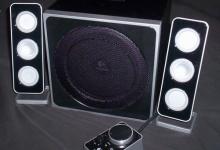

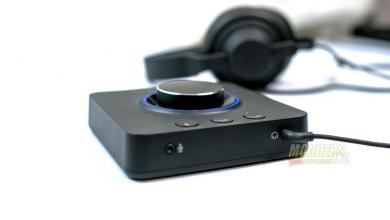
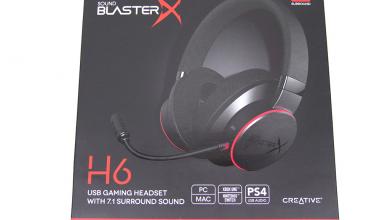
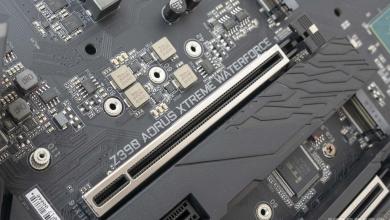

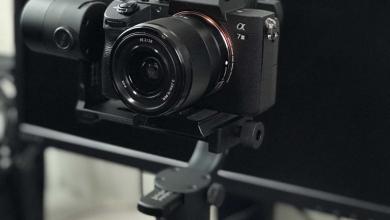
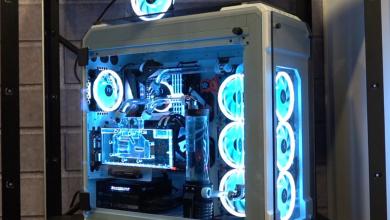

Judging from the frequency response numbers, you are doing RMAA test totally wrong. You must disable equalizer and any sound processing as surround, bass redirect etc. Refer to the manual, it looks embarrassing.
I have a G6 and would like to remove the volume knob. How can I do that without damaging the card? How did you remove it for this article?